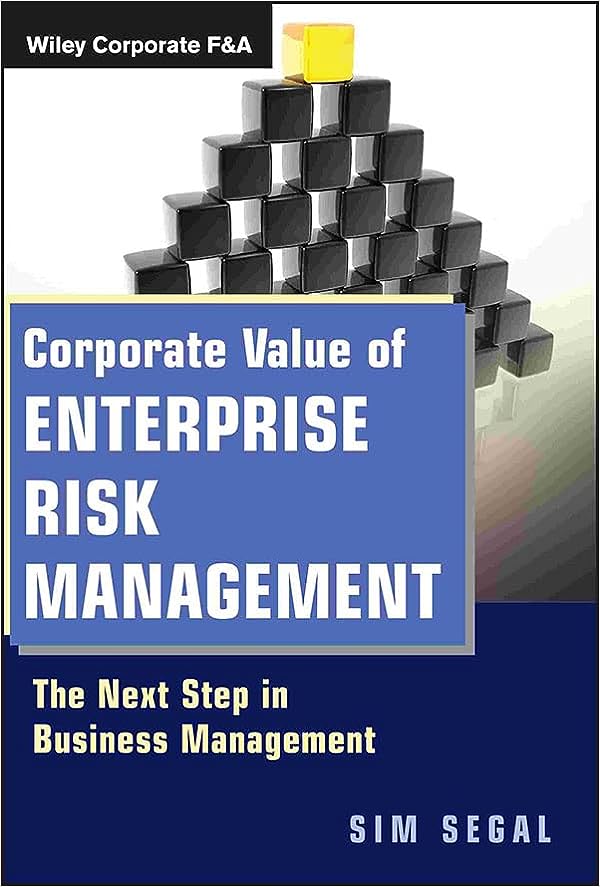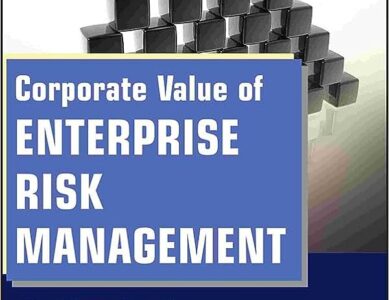This book was a pre-reading assignment for the Enterprise Risk Management Module at the Stonier Graduate School of Banking. These are the quotes I noted while reading Corporate Value of Enterprise Risk Management: The Next Step in Business Management by Sim Segal:
- “Life is either a daring adventure or nothing.” – Helen Keller
- In an ERM context, we will define risk as any deviation from expected. This way, risk includes both downside and upside volatility.
- Upside volatility refers to the range of possible upside risk events, and downside volatility refers to the range of possible downside risk events.
- Risk is anything uncertain whose outcome can result in a deviation from expected results, up or down.
- If ERM is not providing actionable information, not resulting in different decisions than would otherwise be made, then it has no purpose.
- Risk appetite represents the target maximum level of enterprise risk exposure.
- A technical definition of ERM: The process by which companies identify, measure, manage, and disclose all key risks to increase value to stakeholders.
- Using a value-based approach better defines ERM as: A practical yet advanced approach to integrate both risk and return information into strategic planning and other business decision making.
- Required capital is an amount of capital that is required to remain on the balance sheet in support of existing business on the books.
- Reputation damage is only relevant to the point that it actually causes financial consequences.
- Risk is measured as deviation from expected, where expected is defined as the perfect realization of the strategic plan, and its corresponding distributable cash flow projection. However, this is not the probabilistic expectation. The probabilistic expectation for company value, or the company mean value, is usually somewhat lower than the baseline company value.
- Economic capital is the amount of capital needed on hand today to limit the probability of ruin, over a given time horizon, to within a small predefined likelihood.
- “Often the difference between a successful person and a failure is not one has better abilities or ideas, but the courage that one has to bet on one’s ideas, to take a calculated risk – and to act.” – André Malraux
- In the risk decision making process step of a value-based ERM framework, there are two types of decisions that management can make: they can change strategy or they can change tactics.
- ERM is not risk management. ERM is a strategic, integrated process involved with the key risks, which are just the top 20 or 30 or so threats to the enterprise.

